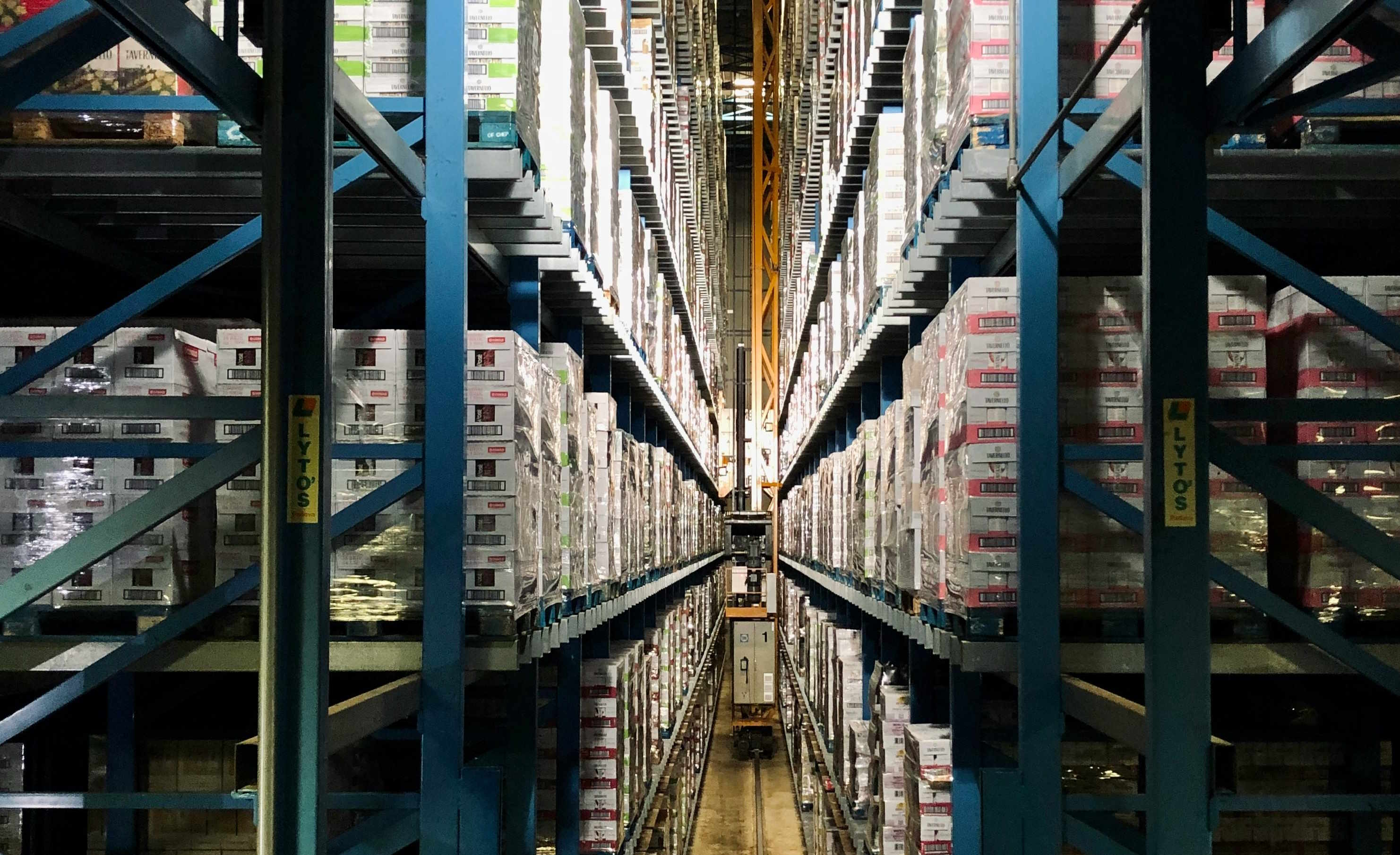Understanding Warehouse Inventory Management: Key Strategies for Retail Success
Warehouse inventory management is a critical aspect of retail operations that can significantly impact a company's bottom line. Effective inventory control ensures that businesses have the right products in stock, minimize storage costs, and meet customer demands promptly. This article explores the essentials of warehouse inventory management and how it affects the retail shopping experience.

How does warehouse inventory affect retail sales?
The relationship between warehouse inventory and retail sales is intricate and multifaceted. When managed effectively, warehouse inventory can lead to increased sales and customer satisfaction. Retailers with well-organized inventories can quickly fulfill orders, maintain stock of popular items, and reduce the likelihood of stockouts. This efficiency translates to a better shopping experience for customers, who are more likely to find the products they want and receive them in a timely manner.
Conversely, poor inventory management can result in lost sales opportunities. Overstocking ties up capital and storage space, while understocking can lead to missed sales and disappointed customers. Striking the right balance is essential for maximizing retail performance and maintaining a competitive edge in the market.
What are the key components of effective warehouse inventory management?
Several components contribute to successful warehouse inventory management in the retail sector:
-
Inventory Tracking Systems: Implementing robust software solutions to monitor stock levels, track product movement, and generate real-time reports.
-
Demand Forecasting: Utilizing historical data and market trends to predict future inventory needs and optimize stock levels.
-
Warehouse Layout and Organization: Designing an efficient warehouse layout that maximizes space utilization and improves order picking efficiency.
-
Stock Rotation: Implementing first-in-first-out (FIFO) or last-in-first-out (LIFO) strategies to manage perishable or time-sensitive inventory.
-
Cycle Counting: Regularly auditing a portion of inventory to maintain accuracy without disrupting daily operations.
-
Automation and Technology: Incorporating barcode scanners, RFID tags, and warehouse management systems to streamline inventory processes.
How can retailers optimize their warehouse inventory for better sales?
Retailers can employ several strategies to optimize their warehouse inventory and boost sales:
-
Implement Just-in-Time (JIT) Inventory: This approach involves receiving goods only as they are needed, reducing storage costs and minimizing excess inventory.
-
Use ABC Analysis: Categorize inventory items based on their value and sales frequency to prioritize management efforts.
-
Adopt Cross-Docking: Streamline the receiving and shipping process by transferring incoming products directly to outgoing vehicles, reducing handling and storage time.
-
Utilize Data Analytics: Leverage big data and analytics tools to gain insights into sales patterns, customer preferences, and inventory turnover rates.
-
Enhance Supplier Relationships: Develop strong partnerships with suppliers to ensure reliable and timely deliveries, potentially negotiating favorable terms for inventory management.
What role does technology play in modern warehouse inventory management?
Technology has revolutionized warehouse inventory management, offering solutions that enhance accuracy, efficiency, and visibility throughout the supply chain. Some key technological advancements include:
-
Warehouse Management Systems (WMS): Comprehensive software platforms that integrate various aspects of inventory control, order fulfillment, and warehouse operations.
-
Internet of Things (IoT) Devices: Sensors and connected devices that provide real-time data on inventory levels, storage conditions, and product locations.
-
Artificial Intelligence and Machine Learning: Advanced algorithms that improve demand forecasting, optimize inventory levels, and automate decision-making processes.
-
Robotics and Automation: Automated storage and retrieval systems, conveyor belts, and picking robots that increase efficiency and reduce human error.
-
Cloud-Based Solutions: Centralized platforms that allow for real-time inventory visibility across multiple locations and seamless integration with other business systems.
How can small retailers benefit from improved warehouse inventory practices?
Small retailers can significantly enhance their operations by adopting effective warehouse inventory management practices:
-
Inventory Control Software: Implement affordable inventory management solutions designed for small businesses to improve accuracy and efficiency.
-
Regular Stock Audits: Conduct frequent physical counts to maintain inventory accuracy and identify discrepancies early.
-
Demand-Based Purchasing: Use sales data to make informed purchasing decisions and avoid overstocking or understocking.
-
Dropshipping Partnerships: Consider dropshipping arrangements for certain products to reduce inventory holding costs and expand product offerings.
-
Mobile Technology: Utilize mobile devices and apps for real-time inventory updates and streamlined order processing.
By focusing on these areas, small retailers can compete more effectively with larger competitors and improve their overall business performance.
In conclusion, warehouse inventory management is a critical component of retail success. By implementing effective strategies, leveraging technology, and continuously optimizing their processes, retailers of all sizes can improve their inventory control, enhance customer satisfaction, and drive sales growth. As the retail landscape continues to evolve, maintaining an efficient and responsive warehouse inventory system will remain essential for staying competitive in the market.






